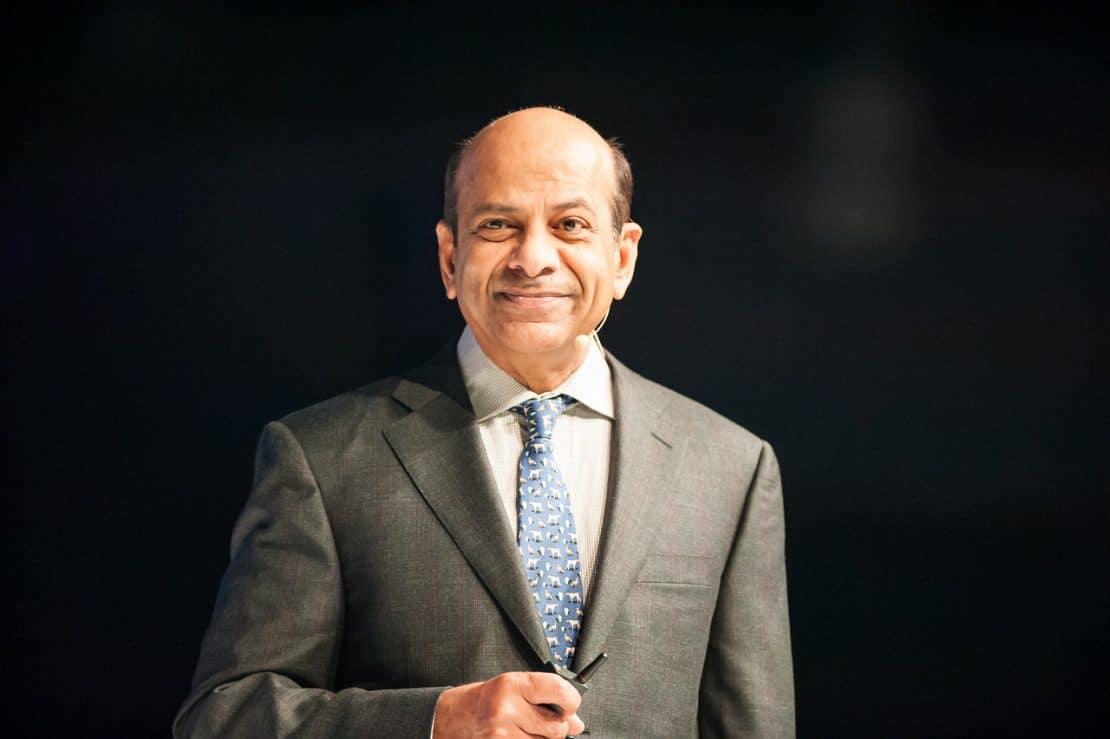11Nov2015
Vijay Govindarajan, one of the world’s leading business thinkers, believes that strategy gives a sense of direction and integrates managers’ decisions into a coherent whole. We asked him to share his thoughts on a number of strategy-related issues.
1. Building up strategy seems hard. What are the best tools you’ve seen for formulating a strategy?
Vijay Govindarajan: The best tool to craft a strategy is to ask two questions: What game do I want to play? How do I play to win? Answers to these two questions can help shape the firm’s strategy.
2. Do people over-complicate strategy?
VG: Strategy sometimes gets over-complicated. Certainly in most organizations, strategy is the monopoly of the people at the top. This view is too narrow. Everyone in the organization should be involved in developing and executing strategy. There is likely to be less complication and more understanding and buy-in if everyone is involved.
3. What questions should a strategy ultimately answer?
VG: Strategy describes the framework for managing a business’s responsibility to take action in three time horizons at once: executing the present core business at peak efficiency (Box 1); taking steps to avoid the inhibiting traps of past success (Box 2); and inventing a future built on nonlinear ideas (Box 3). A strategy must recognize the distinctive skills each box requires, how the boxes interrelate, and what it takes to balance them.
4. How is strategy different in a large corporation compared to a small one?
VG: Smaller organizations tend to be in one business whereas large corporations tend to be in multiple businesses. For large corporations, in addition to developing a strategy for individual businesses, there is a need for corporate strategy. Corporate strategy asks questions like: What should be the portfolio of businesses we should be in? Which businesses should get more resources? Which businesses should get less? Are there potential targets for acquisition? How do we promote synergies across businesses?
5. How to decide on strategic investments when it’s increasingly difficult to predict the actual outcomes of investments?
VG: Remember that there are two types of acceptable outcomes in a Box 3 innovation project: (1) a success and (2) a failure that comes as quickly and inexpensively as possible. The most undesirable outcome is a long, expensive, and painful failure.
Therefore, as the Box 3 project moves forward, you want to be sure that you spend a little to learn a lot. To accomplish this, you must test the most critical assumptions as early and as inexpensively as possible. Low-cost experimentation is the most effective way to de-risk major investments.
Vijay Govindarajan is a Professor of International Business at Dartmouth College. He has become widely regarded as one of the world’s leading experts on business strategy and innovation. On the list of the world’s top business thinkers, The Thinkers 50, Govindarajan is number 5. VG, as he likes to be called, has challenged the strategic thinking of the world’s top executives and his customers.

 by:
by: 

